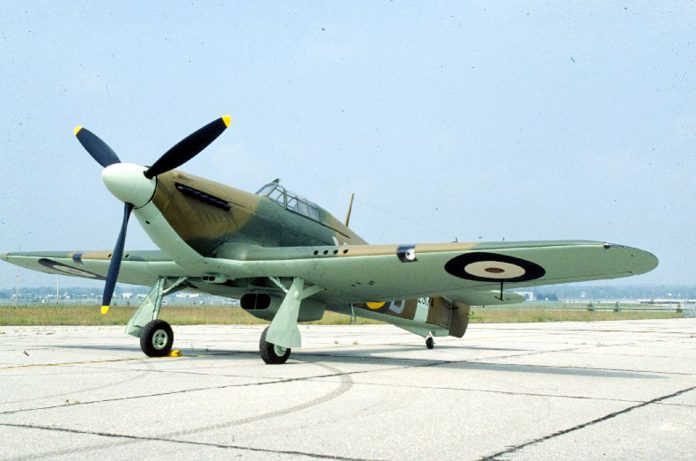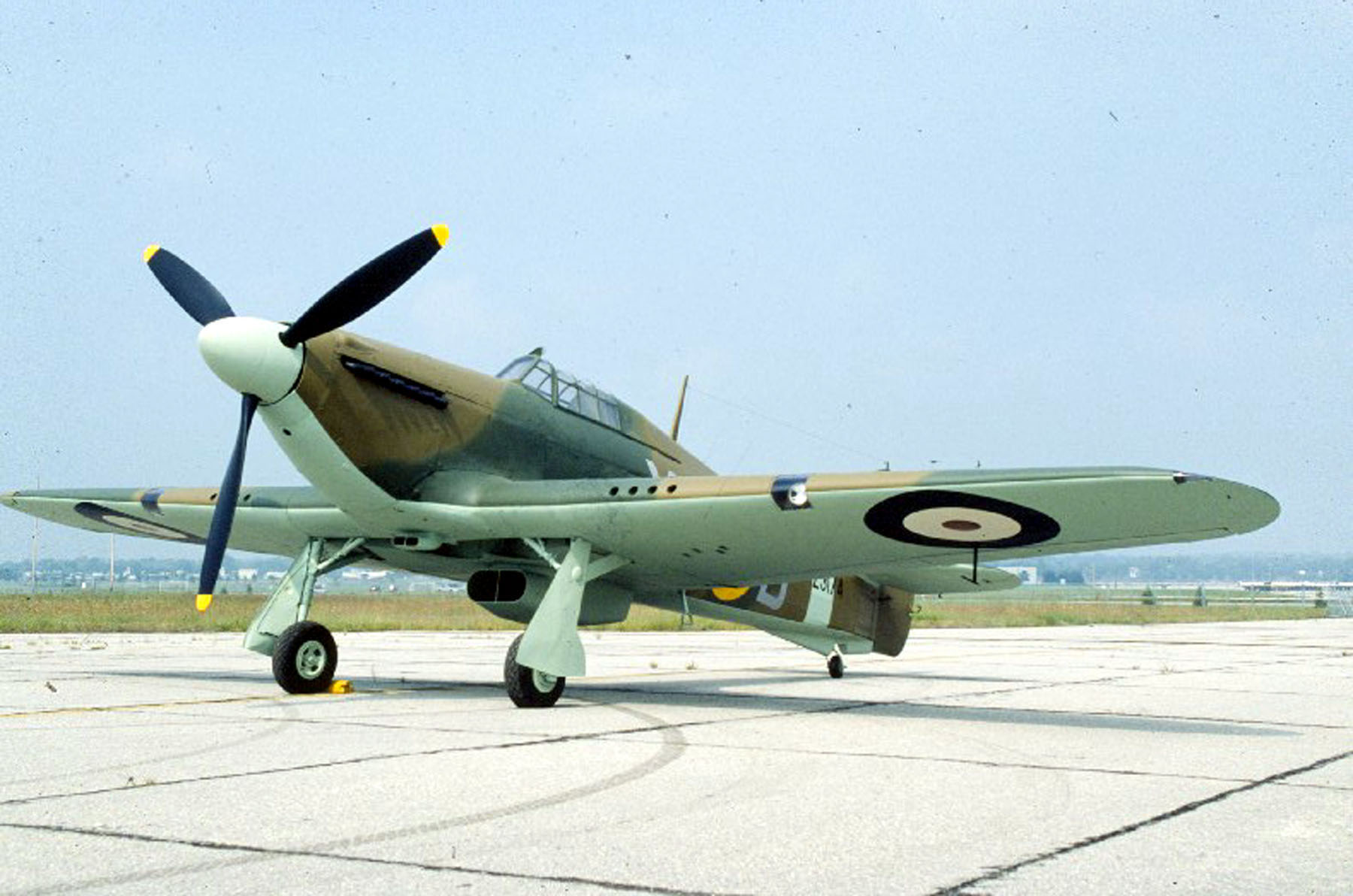
During the summer of 1940, the skies above Britain were the stage for an epic battle between the Royal Air Force (RAF) and the Nazi Luftwaffe, an event that would go down in history as the Battle of Britain.
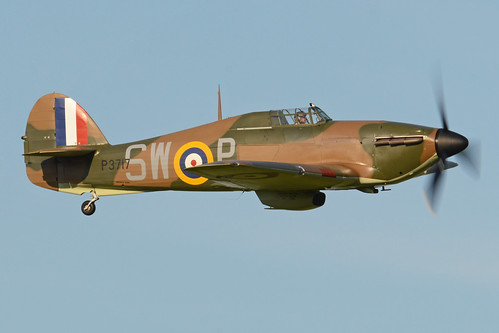
This battle was not just a test of strength but also of strategy, technology, and human courage.
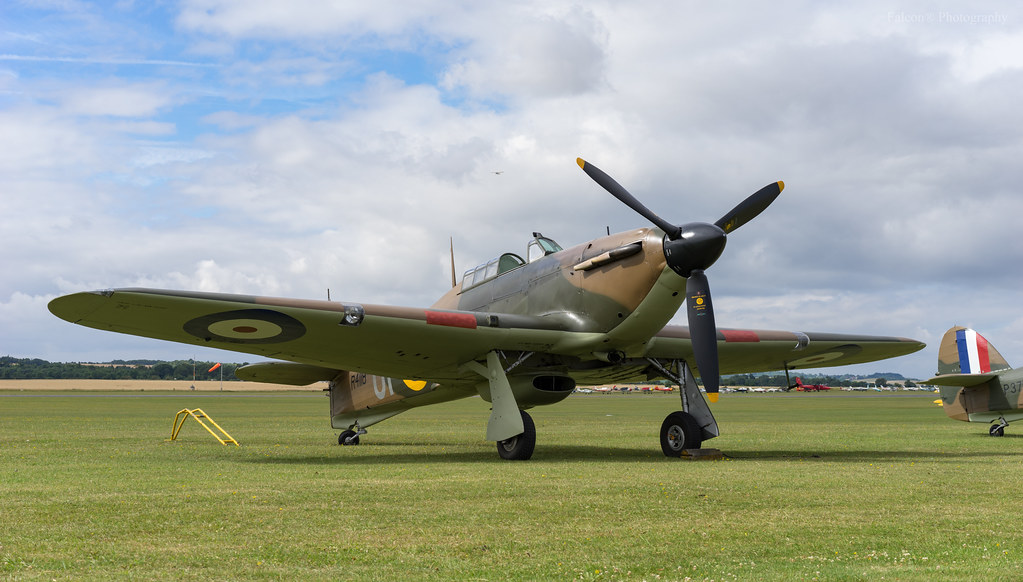
The Hurricane, with its robust construction and formidable firepower, became an effective tool against the German bombers and fighters.
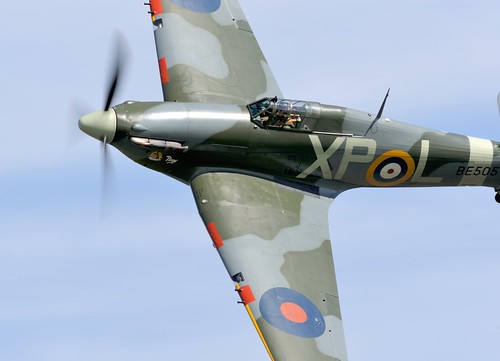
The Hurricane was equipped with a more powerful Merlin III engine during the Battle of Britain, enhancing its performance in the crucial aerial engagements.
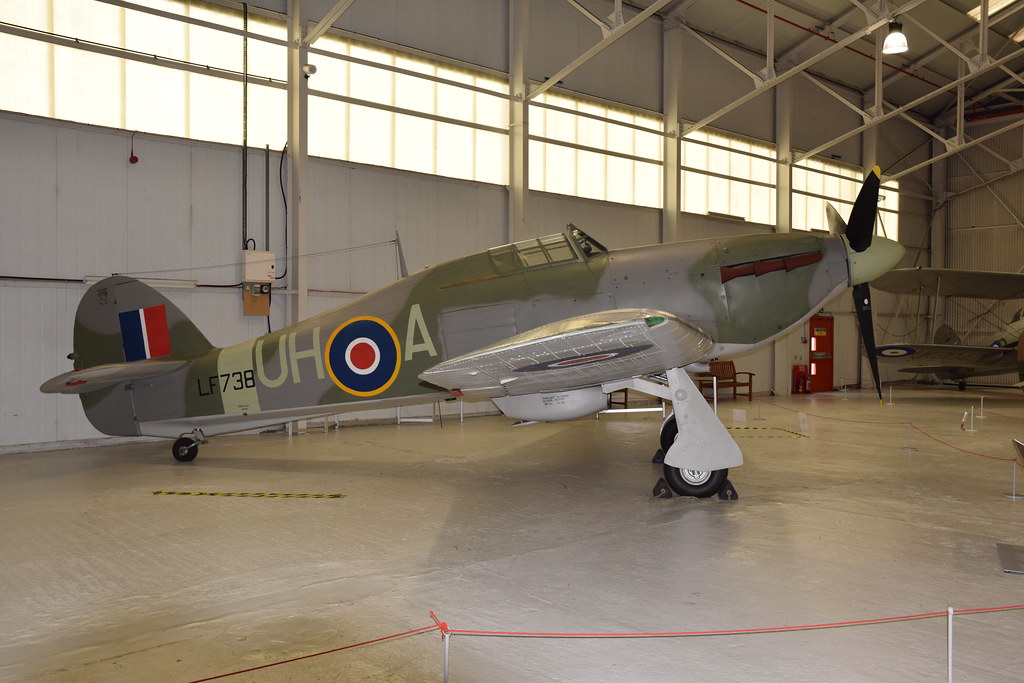
According to the records, it was responsible for about 55% of the victories, outperforming the Spitfire’s 45%.
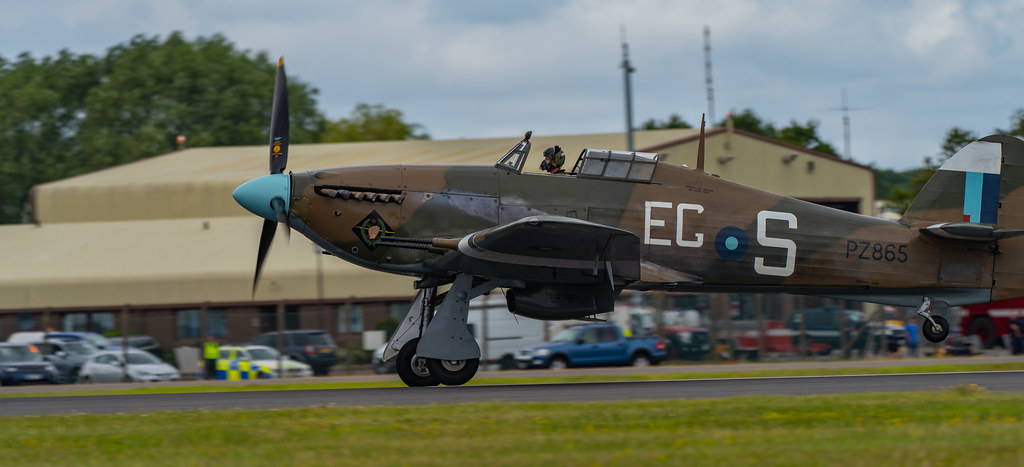
The Hurricane’s significance was further demonstrated by the fact that it was the choice of some of the RAF’s most prominent aces, including the top-scoring pilot of the Battle, Czech Josef František of the 303 Squadron.

His tally of at least 17 enemy planes in September 1940 is a testament to the aircraft’s lethality.
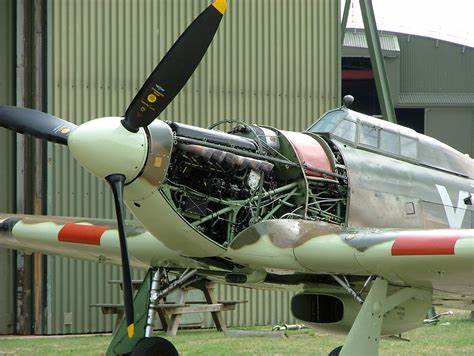
Equipped with four guns clustered on each wing, the Hurricane offered a notably stable gun platform compared to the Spitfire, enhancing accuracy when engaging enemy aircraft.

This configuration facilitated the pilot’s ability to focus and deliver concentrated gunfire with greater ease.

Fighter Command’s Air Marshal Sir Hugh “Stuffy” Dowding commanded an initially modest fleet of battleworthy aircraft, but thanks to Britain’s industrial prowess and strategic planning, the RAF could call upon a regenerated arsenal of fighters.
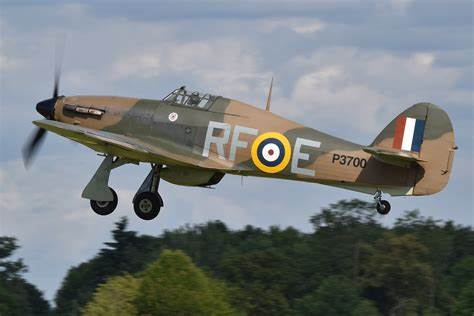
By the peak of the battle, the RAF had amassed a formidable number of aircraft, more than holding their own against the Luftwaffe.
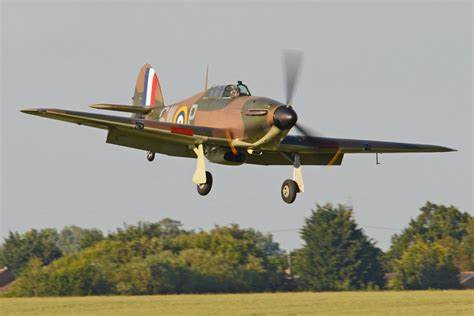
The Battle of Britain was not just a numbers game; it was also won through innovation and strategy. The integrated air defense system, including radar networks, provided critical early warnings and intelligence.
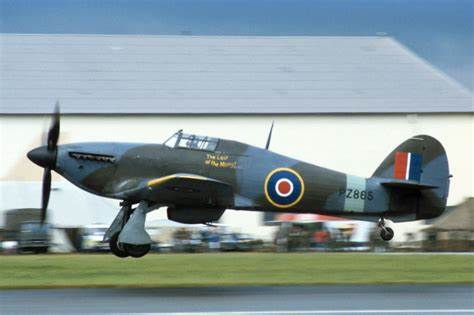
The Royal Air Force (RAF) utilized 30,000 well-trained ground observers stationed at more than 1,000 dispersed locations across the country.
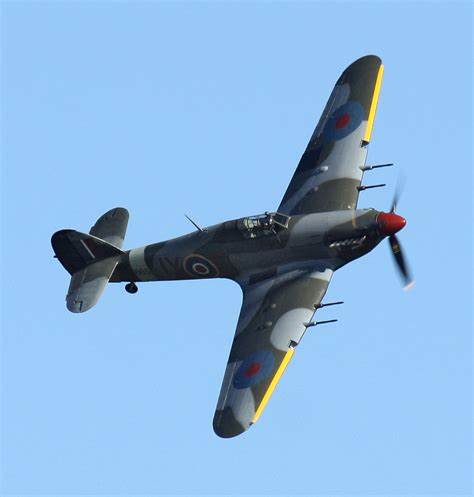
Manned by civilian volunteers, these observer stations were furnished with essential tools such as a grid map, colored markers, a telephone connection, and an altitude estimator.
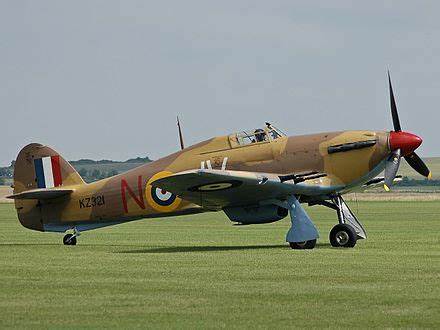
Additionally, the British established a covert wireless radio interception facility at Woodhead Hall near the town of Cheadle. Camouflaged as a meteorological station, RAF radio operators stationed there monitored and intercepted unguarded German aircrew radio transmissions.
Relevant articles:
– 8 Things You Need To Know About The Battle of Britain, Imperial War Museums
– WW2 Battle of Britain, how many bombers (or fighters) did the Hurricane shoot down, compared to the Spitfire?, ww2aircraft.net
– The Battle of Britain: The (Not So) Few, The National WWII Museum | New Orleans
– Naval History Forums, KBismarck.org
